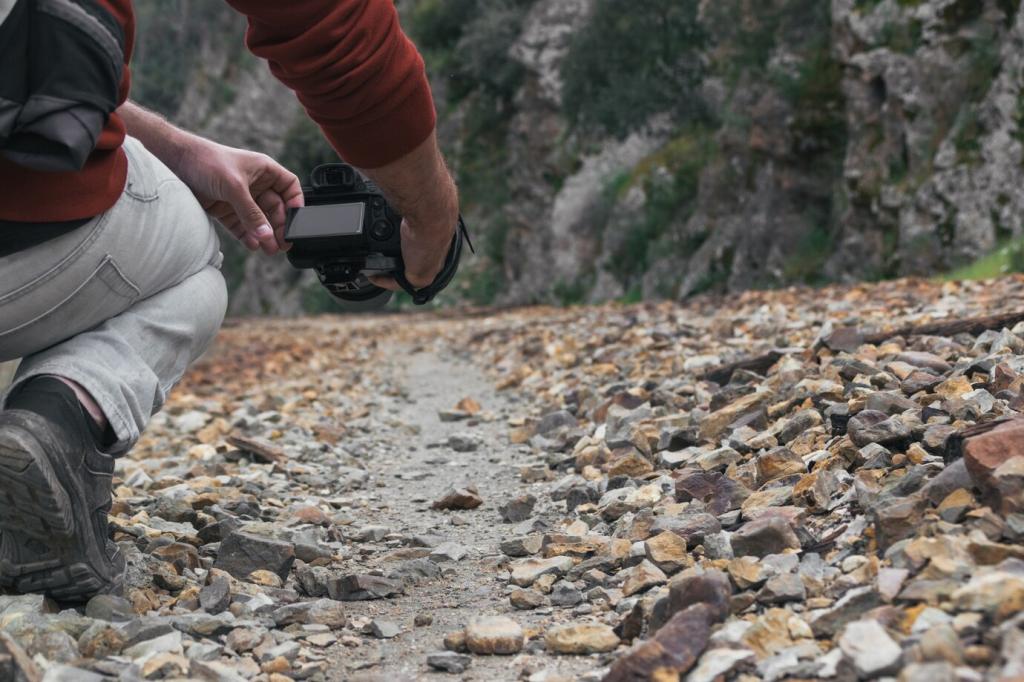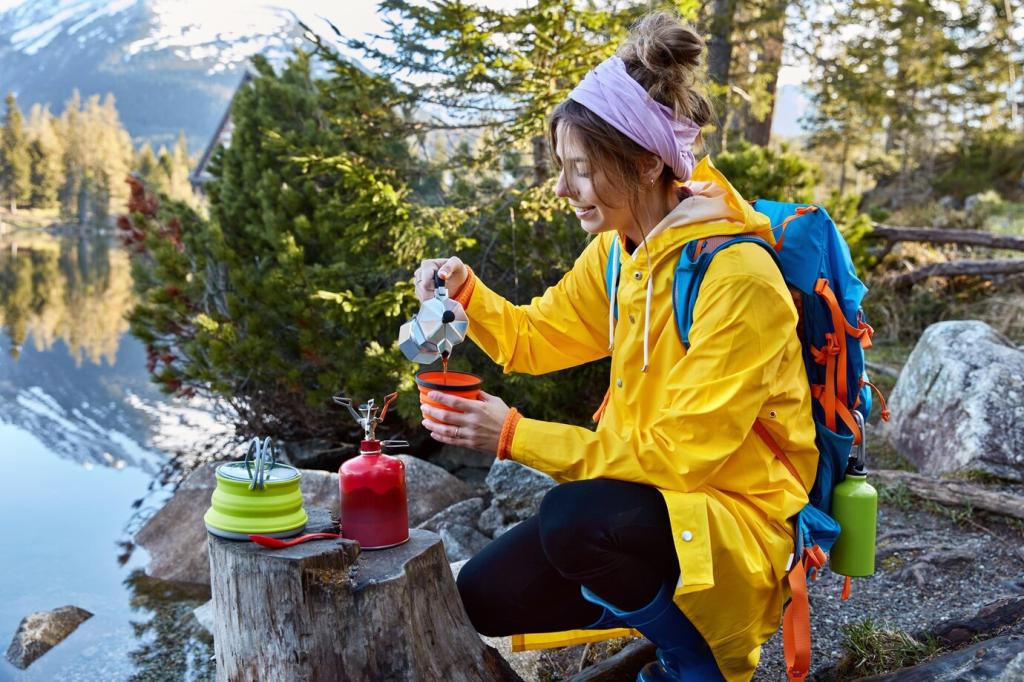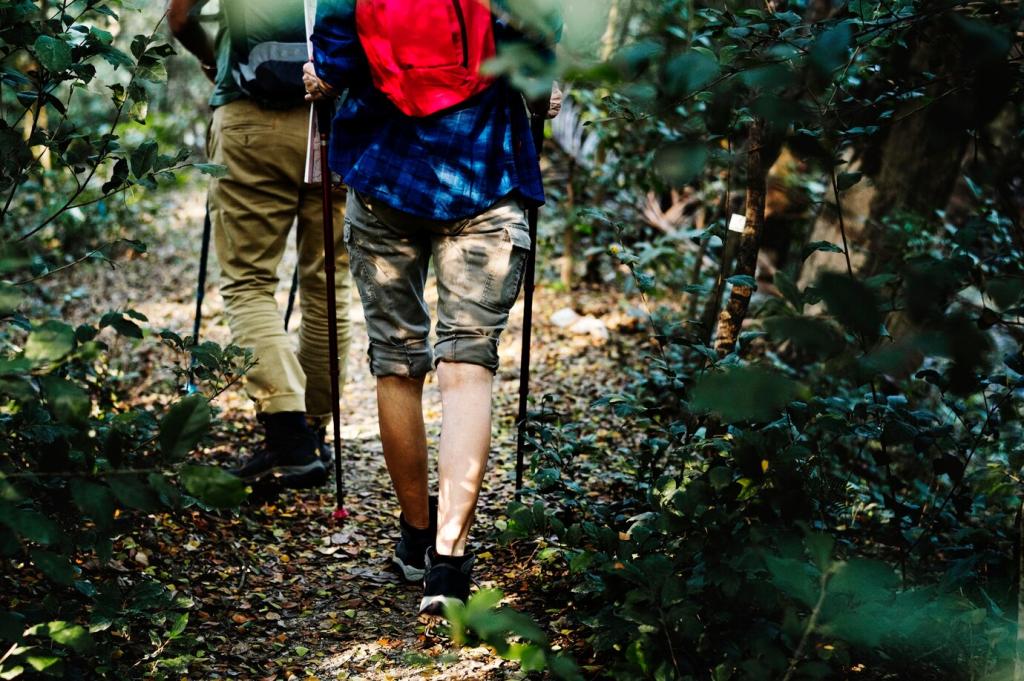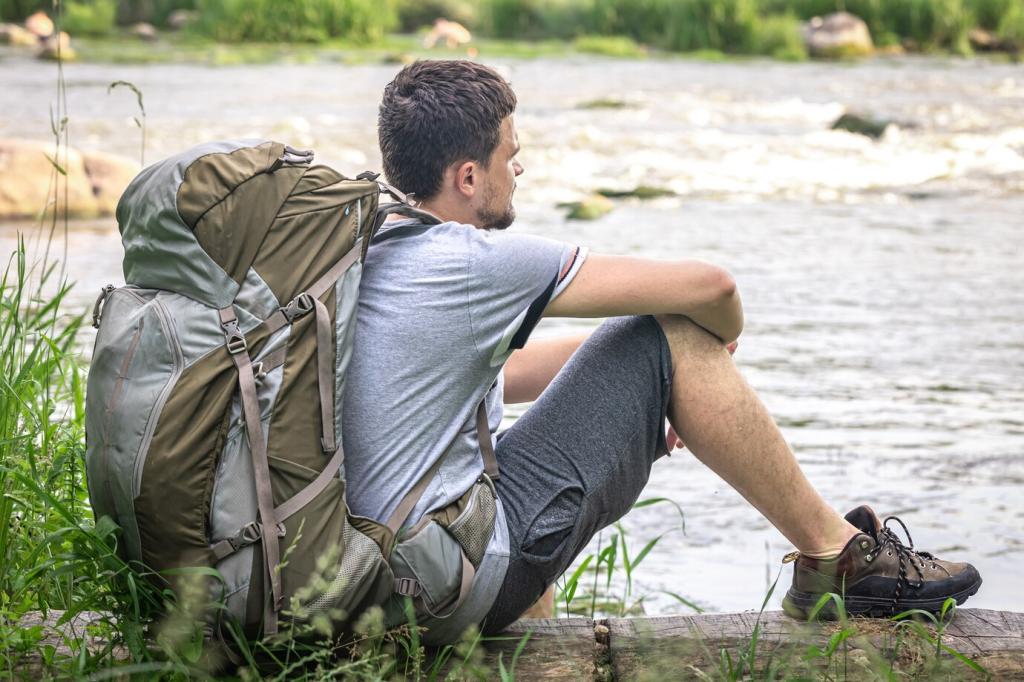Hike the Seasons: Weather-Smart Mountain Adventures
Selected theme: Weather Considerations for Seasonal Mountain Hiking. Welcome to your trailhead for weather-wise decisions all year long. We blend practical science, trail-tested wisdom, and human stories so you can move confidently through shifting mountain seasons. Share your questions, subscribe for fresh updates, and help others learn from your experience.
Ridge, Valley, and Cirque: Three Neighbors, Three Forecasts
A ridge funnels wind, a valley traps cold air, and a cirque can hold stubborn snow well into summer. The same forecast reads differently in each landform. When planning seasonal hikes, match route segments to their microclimate personalities. Share your go-to microclimate checks below.
The 1,000-Foot Rule: Temperature Lapse Rates in Real Life
Expect roughly a 3.5°F (about 2°C) temperature drop per 1,000 feet gained, but wind, moisture, and sun angle can skew reality. Spring mornings feel mild at trailhead yet freeze on breezy ridges. Track elevation changes on your map, and comment with your most dramatic lapse-rate surprise.
Spring Thaw: Slush, Runoff, and Unstable Snowpack
Corn Snow Timing: Sweet Spots and Sneaky Traps
Stable, carvable corn forms after consecutive freeze-thaw cycles and usually shines from late morning to midday. Linger too long, and slopes turn to ball bearings over mush. For seasonal mountain hiking, plan early starts, assess refreeze quality, and be flexible. Tell us your favorite corn window.


Stream Crossings: Reading Hydrographs on Foot
Late morning sun accelerates melt, spiking stream levels in afternoon. Cold, fast water is powerful and deceptively deep. Cross early, scout wide braids, and unbuckle your hip belt. If a bridge is out, do not force it. Comment with a crossing strategy that kept your boots dry.
Summer Highs: Heat, Monsoons, and Lightning Reality
Start Before Dawn: Beat Heat and Be Off Ridges by Noon
Thermals rise and storms blossom with afternoon heating. Begin in the dark, summit early, and descend before clouds tower. It is not fear—it is pattern savvy. Track storm cycles across a week, not just a day. Share your favorite pre-dawn ritual that keeps you sharp and joyful.
Heat at Elevation: Dehydration Behind Cool Breezes
Cool air masks sweat loss and thirst lags behind need. Use scheduled sips, salty snacks, and sun protection on exposed talus. Refill whenever possible; alpine springs may vanish later in season. What’s your electrolyte plan for high, hot days? Drop your recipe to help fellow hikers.
Lightning Protocols: The Thirty-Second Rule and Safer Positions
Count seconds from flash to boom; thirty or fewer means danger is close. Avoid ridges, lone trees, and metal clusters. Space out your group, crouch on insulation, and wait out the core. Practice decisions on clear days. What exit strategy do you rehearse before summer monsoon hikes?

A sunny hillside can hide black ice two turns later where shade lingers. Trekking poles help, but microspikes can be trip-savers. Test edges before committing weight on slabs or roots. Have you carried spikes “just in case”? Share the day they turned near-miss into non-event.

A stiffening crosswind ahead of a front can be felt before clouds confirm it. Leaves flip, distant peaks blur, and your jacket tells the truth. Use terrain to shelter and reassess. What natural cues help you sense pressure drops in time to re-route safely in autumn?

We chased golden larches under cobalt skies when a shallow low arrived early. Light snow swirled into fog, and visibility collapsed in minutes. Bearings mattered more than blazes. Autumn beauty invites boldness; weather demands restraint. What contingency kept your fall hike delightful instead of dicey?
Layer for Motion and Stops: Stay Dry, Stay Warm
Overheating leads to sweat, then dangerous chill. Hike cool, vent early, and add insulation the moment you stop. Protect your core and manage moisture with gloves and hats. What’s your favorite venting trick in biting wind? Comment so others can fine-tune their winter pacing strategy.
Avalanche Basics: Terrain, Snowpack, and Human Factors
Most slab avalanches release on 30–45 degree slopes after loading, warming, or weak layer failure. Red flags include recent slides, cracking, and whumphing. Partner decisions matter as much as tests. Take a course, practice often, and report conditions. What checklist keeps your group honest in complex terrain?
Navigation in Flat Light: When Landmarks Vanish
Snow smooths contours and light erases shadows, making terrain feel featureless. Use altimeter checks, handrails, and conservative bearings. Mark critical waypoints on your device and paper map. If you’ve mastered whiteout strategies, share your best tip for keeping a calm head when everything looks the same.
Forecasts, Models, and Real-Time Clues
Regional models smooth the peaks that shape your day. Adjust for elevation, aspect, and exposure along your exact line. Favor trends over single runs and compare multiple sources. Which forecast tools earned your trust for seasonal mountain hiking? Share your stack so readers can refine theirs.
Forecasts, Models, and Real-Time Clues
Watch vertical cloud growth, feel gust timing, smell rain on dust, and listen for distant thunder rolling closer. These immediate signals complement data. Practice calling a weather shift ten minutes before it happens. What sensory cue most often nudges you to turn around in time?
Spring wants waterproof socks and adaptable shells; summer needs sun hoodies and airy layers; autumn favors windproof warmth; winter requires true insulation. Build modular systems to scale up or down quickly. What layer surprised you by becoming a four-season staple? Share your unsung hero with us.

